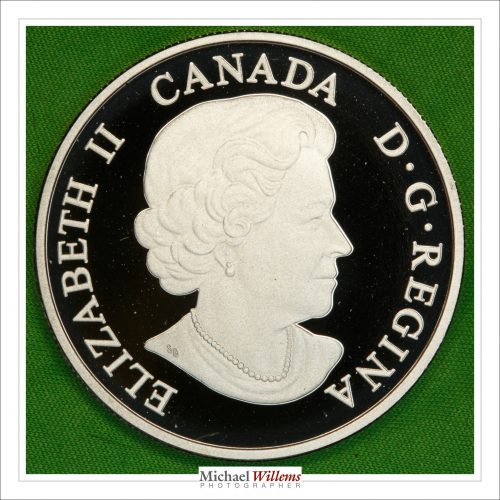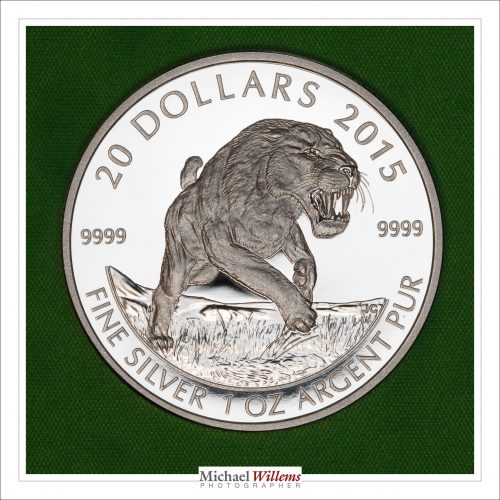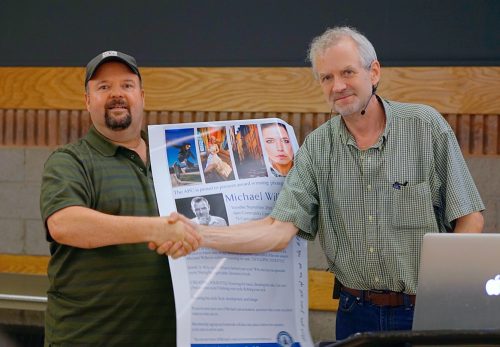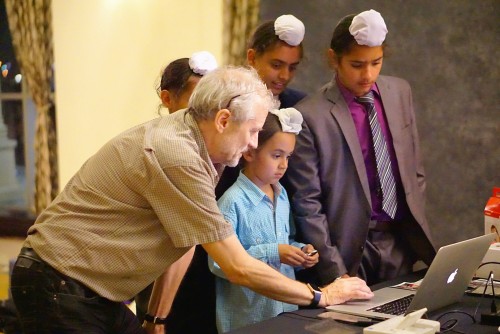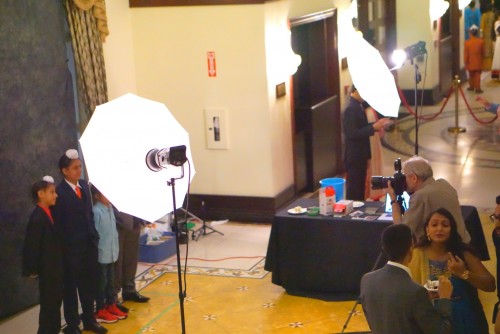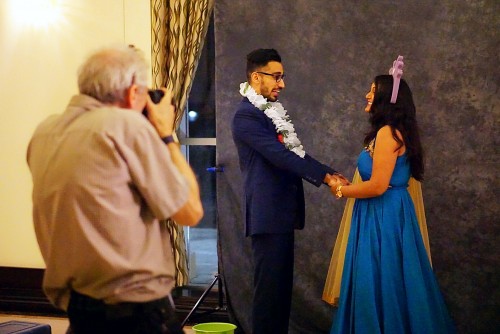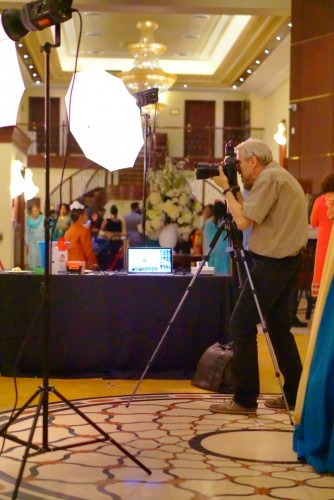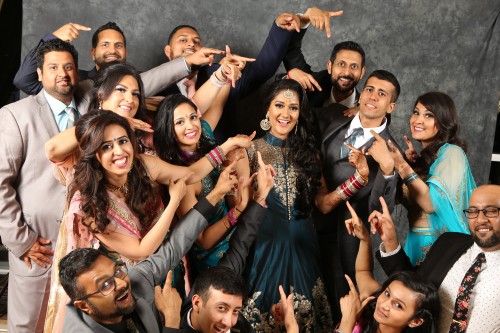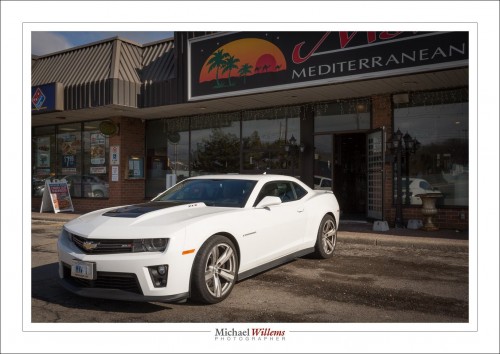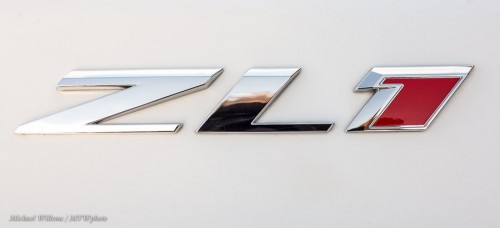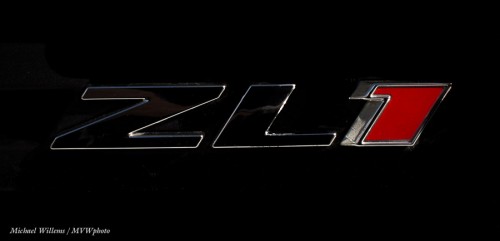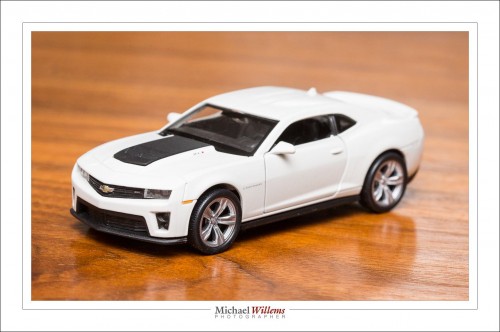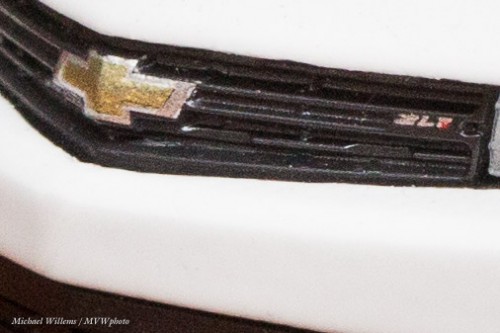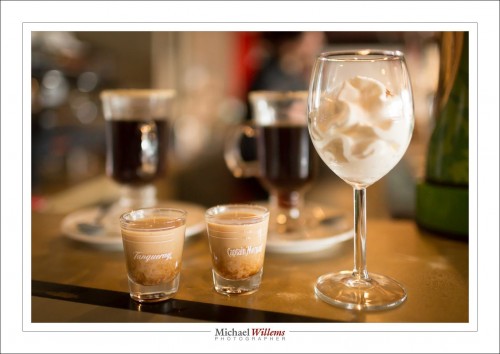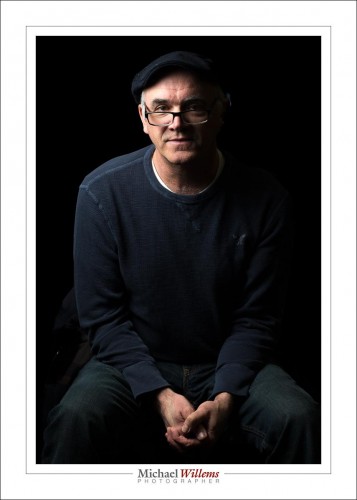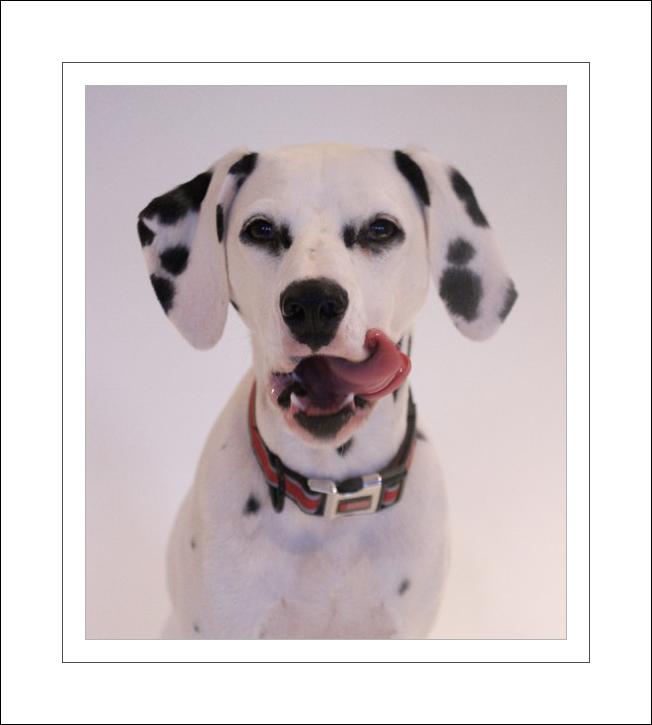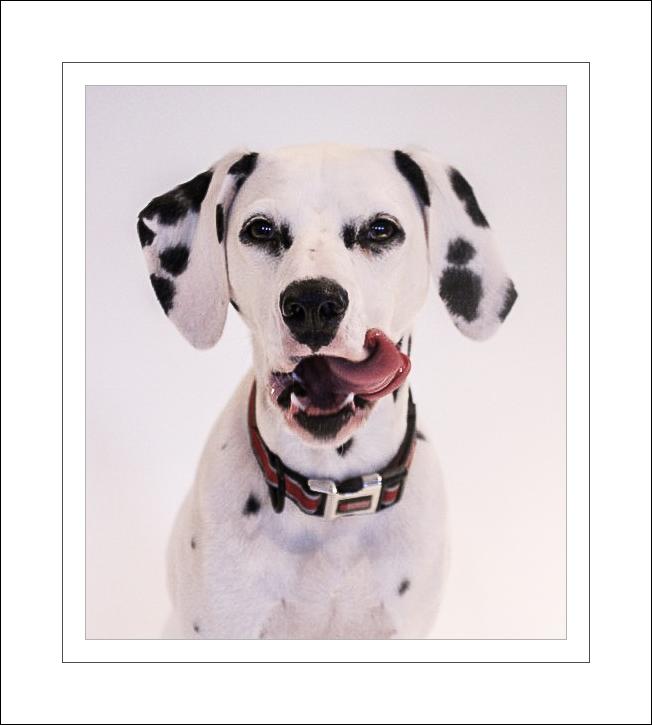Photographing coins is notoriously tough. They are shiny and matte; the shiny bits can be dark or light depending on how you shoot them; they need to show coin detail without showing dust detail; and above all they are three-dimensional, not flat: to do it properly takes a lot of equipment and skill.
But you can do a lot with a little: an 80-20 rule says you can get 80% of perfect with 20% of the effort.
Let’s take a look. A macro lens and a ring flash gives me the following, for a 2015 proof quality coin.
First, the ring flash is held not quite right:
A better positioning gives me consistent results like this, for the obverse (front) side:
And here’s the reverse (“back”) side:
Not bad for five minutes work, no?
Remember that 80-20 rule. Often, you can do with “good enough”. Like when selling on eBay: perfection makes people suspect that you have simply copied a commercial picture, and hence the item pictured is not your item. So this is a good compromise: pretty good, little effort.
I used:
- Macro lens
- Ring flash (or in this case, Orbis ring flash adapter)
- Flash set to manual, 1/4 power
- White balance set to flash
- Camera set to 200 ISO, 1/125 sec, f/11
And Bob’s your uncle!

